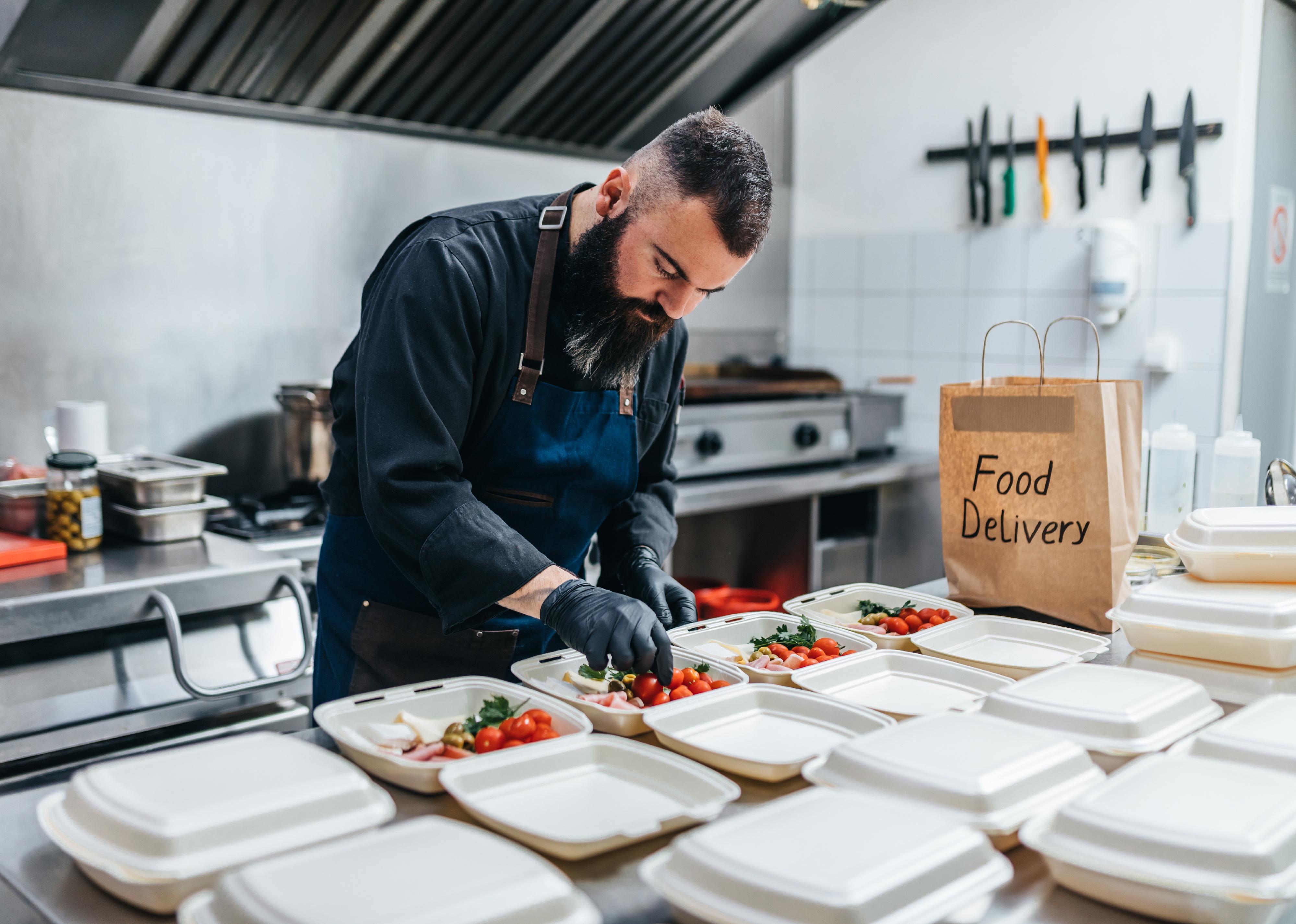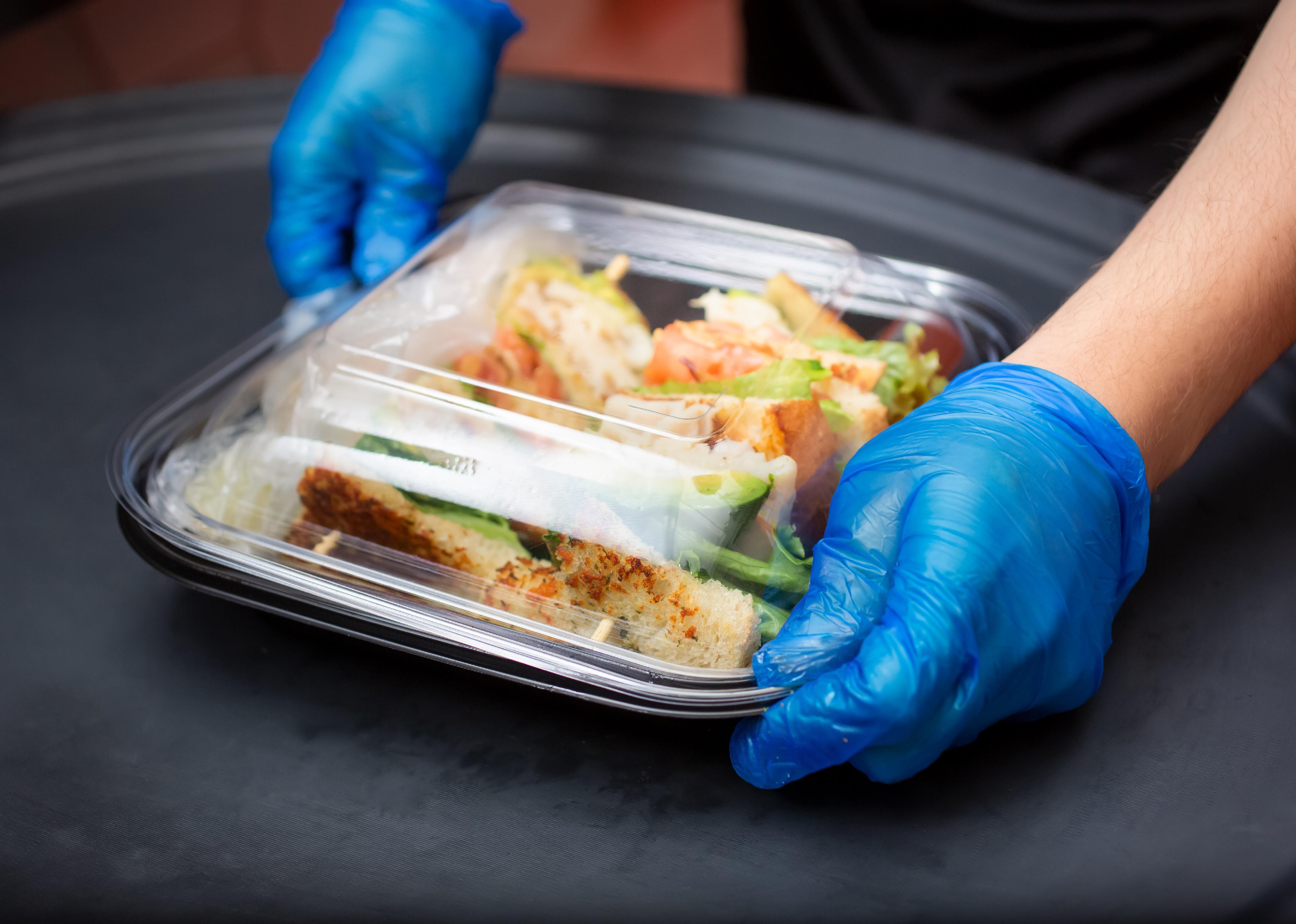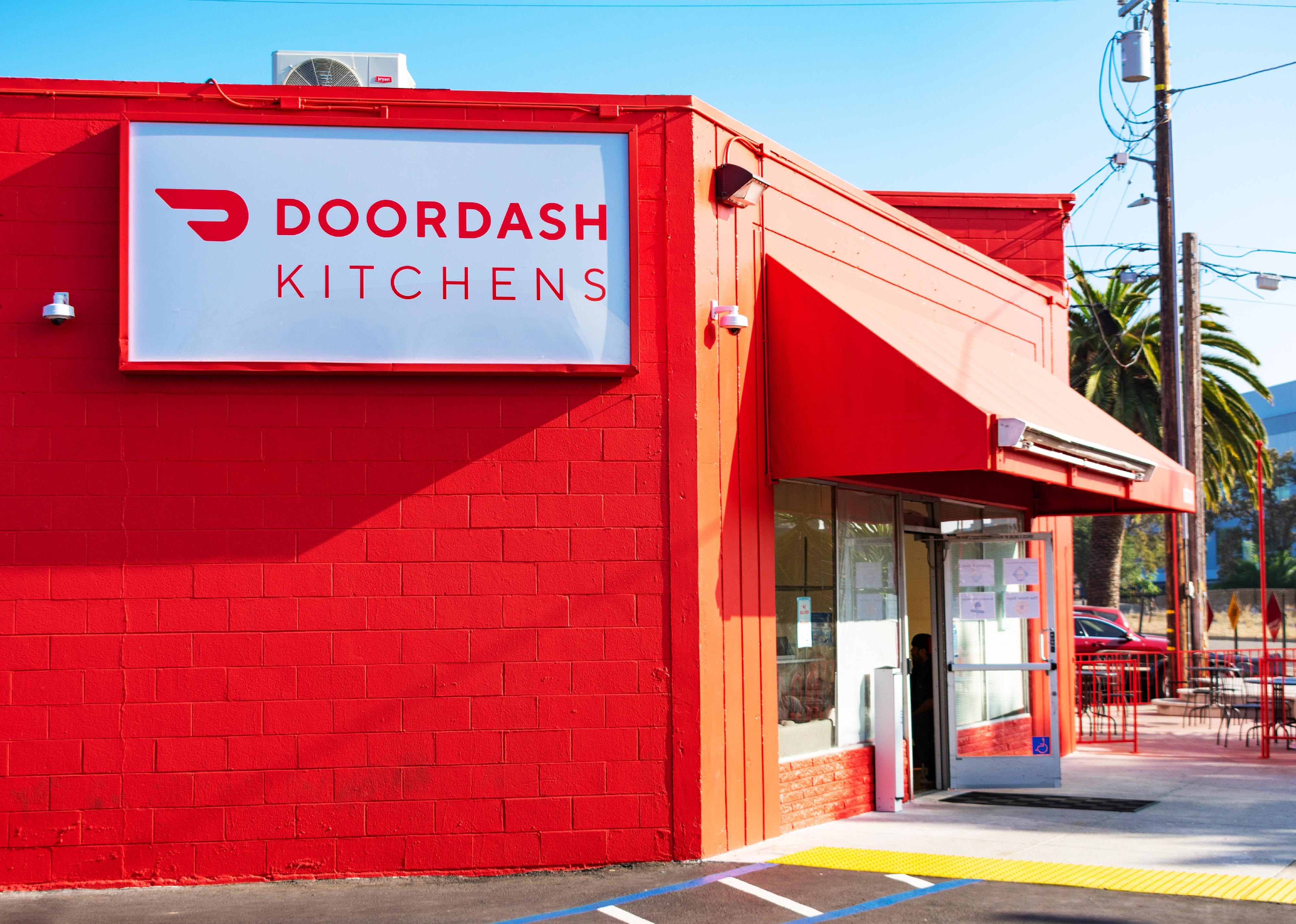Ghost kitchens: The $43 billion restaurant segment designed for takeout and delivery
ZoranOrcik // Shutterstock
Ghost kitchens: The $43 billion restaurant segment designed for takeout and delivery
Group of chefs working in a kitchen.
Some of your favorite takeout places may not be restaurants at all. Thanks to third-party delivery services and advancing technology that makes it easier to order takeout or delivery online, ghost kitchens have become a popular part of the takeout industry business model. Ghost kitchens allow food industry workers to prepare food ordered online for delivery directly to consumers without operating out of a restaurant.
With the takeout and delivery industry expected to grow over the next decade, the massive appeal to operating ghost kitchens makes excellent business sense. According to a report from Future Market Insights, the takeout market is expected to grow to $4.05 trillion by 2032, almost double the $2.199 trillion reported in 2022. Research by Hospitality Technology estimates the ghost kitchen market was $43.1 billion globally in 2019 and will balloon to $71.4 billion by 2027.
So how exactly do ghost kitchens work, and how will they change the takeout industry as we know it? Task Group used news coverage and insights from the industry trade group Hospitality Technology and the National Retail Federation to explore the concept and growth of ghost kitchens in recent years.
![]()
hedgehog94 // Shutterstock
How ghost kitchens work
A chef prepares food disposable boxes.
After many restaurants closed due to the COVID-19 pandemic, the food industry had to think creatively about how to continue bringing in business, and ghost kitchens became an easy solution.
Also known as “virtual dark kitchens,” ghost kitchens are establishments for cooking and preparing food for takeout and delivery without managing a full restaurant operation. Goodbye table service, dining areas, and waitstaff. Virtual kitchens operate out of a commercial space designed to fulfill delivery orders.
While having an online presence can be a way to get the news out about these particular eateries, consumers tend to discover ghost kitchens through third-party delivery apps such as Grubhub and DoorDash.
The ghost kitchen concept has also become popular for larger eating establishments, like fast food or fast-casual restaurants. In 2021, Quizno’s—along with sister brand Taco Del Mar—announced plans to open 100 ghost kitchens.
The Image Party // Shutterstock
Startups in the field catering to eateries and consumers
Close up of an employee preparing a to-go food container.
Some startups and companies are taking advantage of the wildly successful launch of ghost kitchens across the globe, finding ways to assist some smaller and larger corporations looking to expand their business models.
CloudKitchens, for example, spent over $130 million on real estate for ghost kitchens in two years alone. Ordermark—a software that makes it easy for restaurants to manage online orders and virtual brands—received a $120 million investment in 2021, according to Hospitality Tech.
Wendy’s has partnered with Reef Kitchens to open between 100 and 150 ghost kitchens by 2025, handling most of the operations and turning the delivery concept into an industry suitable for big brands.
Other major businesses also created separate ghost kitchens operating out of the locations they already own—like Applebee’s. Instead of creating a new establishment for a ghost kitchen, Applebee’s cooks Cosmic Wings in its restaurants but only offers the Cheetos-coated chicken for delivery under a separate name. As of 2021, Cosmic Wings operated out of nearly 1,300 Applebee’s kitchens.
Michael Vi // Shutterstock
Gaining popularity amid staffing shortages and other challenges
DoorDash kitchens storefront.
A 2022 report from the National Restaurant Association details the many challenges the industry faces as it comes out of the pandemic: increased cost of goods due to inflation, supply shortages, and difficulty in recruitment and retention.
About nine out of 10 operators identified labor costs as a significant challenge in 2023. Fortunately, in this perfect storm, in-person dining and finding a consistent labor force aren’t the only solution for restaurants to stay afloat.
A 2021 Hospitality Tech survey showed that nearly half of responding restaurants had either adopted ghost kitchens or planned to in 2021, and about 1 in 4 restaurants plan to add a ghost kitchen for the first time. As ghost kitchens gradually become ingrained into the industry, consumers can expect to find more food options right at their fingertips as more brands introduce new, differentiated menu items.
Meanwhile, small food business owners could become an important link in the supply chain of an enterprising food brand looking to expand its reach. The future is rife with possibility, especially when supported by technology and an entrepreneurial spirit.
This story originally appeared on Task Group and was produced and
distributed in partnership with Stacker Studio.




